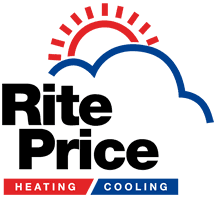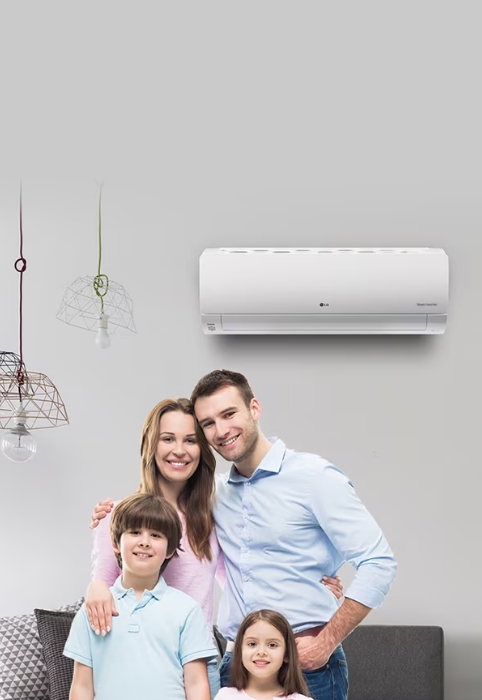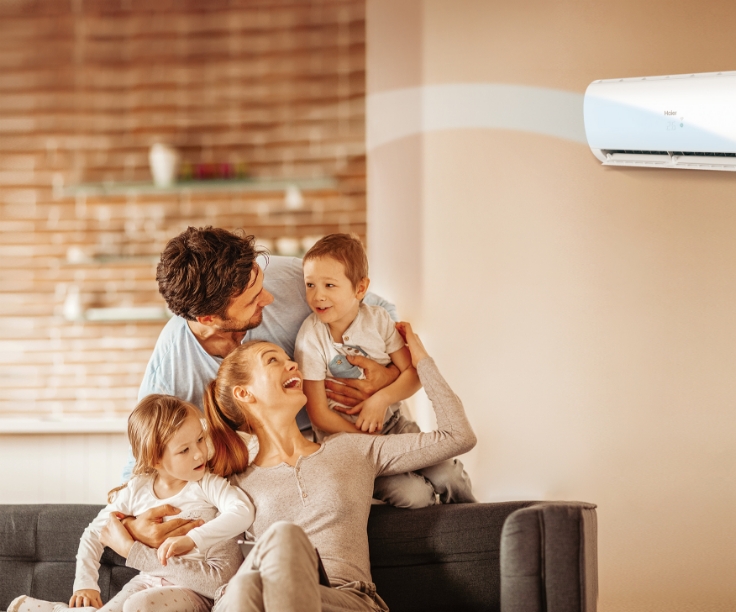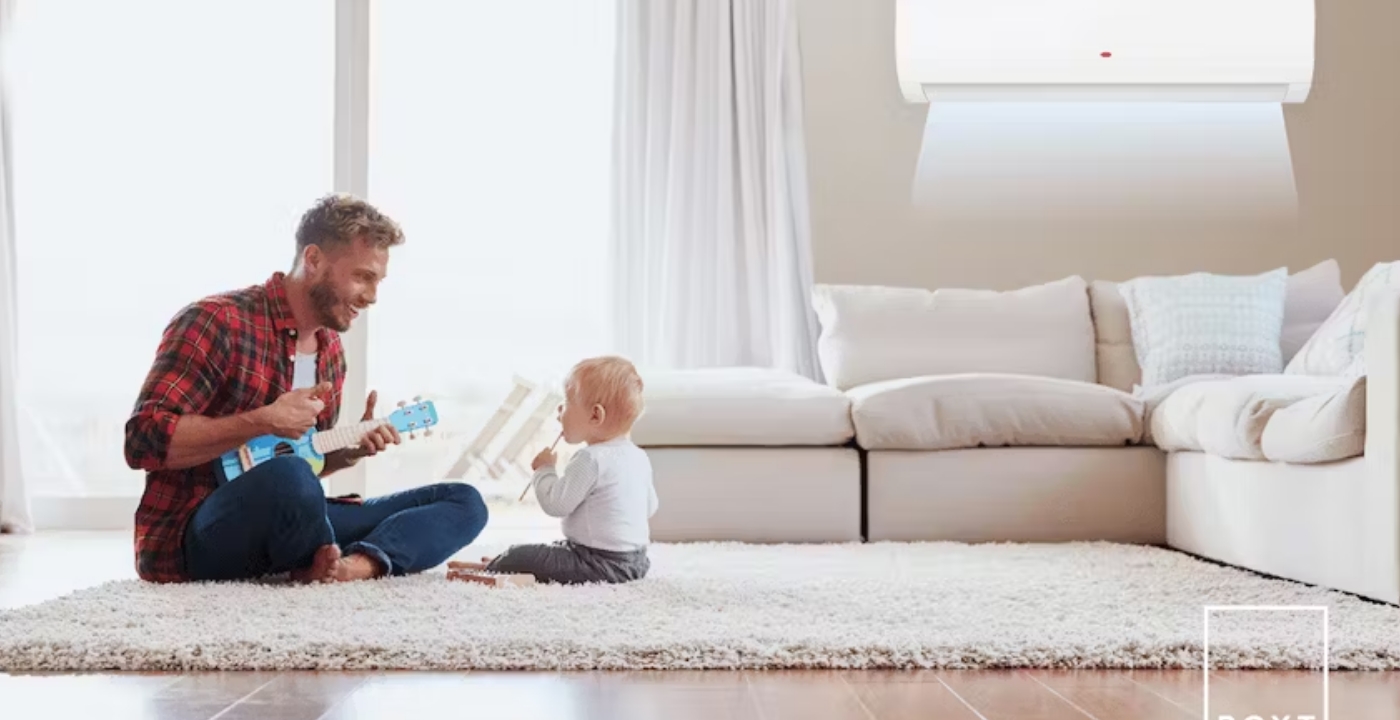Spotlight on Ducted Evaporative Cooling: Everything You Need to Know Before You Buy
Considering the intense heat waves that blanket Southern Australia, it is important to make sure that air conditioning solutions offer efficient and effective cooling power. Dry climates such as Adelaide give homeowners the chance to opt for a cost-effective ducted evaporative system that cools air while adding much needed moisture during drought conditions. For more information on evaporative cooling, please follow this link.
Evaporative Air Conditioning Works to Cool Indoor Environments
How Evaporative Cooling Mimics Natural Body Cooling
Air conditioning controls indoor temperature and humidity.
Ducted evaporative cooling systems mimic how the human body cools through evaporation.
Sweating allows liquid to evaporate, taking heat away from the skin and lowering body temperature.
Evaporative coolers pull hot, dry air from outside and pass it through water-soaked pads.
This causes heat energy to escape as water vapour, cooling the incoming air.
A water pump keeps the pads continuously moist using standard tap water.
Cool air is distributed through air ducts to each room.
Warm air exits the house through vents directed outside.
Dry Climates Are Best for Evaporative Cooling Systems
Evaporation Efficiency Depends on Relative Humidity
Evaporative cooling systems work best in hot, dry climates with low humidity.
Adelaide’s climate is ideal for ducted evaporative systems during summer months.
At 85% efficiency and 15% humidity, 32°C air can drop to about 16°C.
40°C air can cool to 21°C under the same dry conditions.
At 50% humidity, 32°C air may only cool to around 20°C.
When humidity reaches 85%, cooling drops significantly—30°C may only reduce to 28°C.
Evaporative cooling is less effective in humid, tropical conditions.
Evaporative Coolers Offer Cooling Power That Is More Eco-Friendly
Safe Water vs. Toxic Refrigerants
Evaporative cooling uses water, a safe and recycled liquid coolant.
Refrigerated systems use harmful chemicals like ammonia, sulphur dioxide, or chlorofluorocarbons (CFCs).
Ammonia is efficient and cheap but toxic—unsuitable for household use.
Sulphur dioxide harms health and pollutes the air.
Freon is less toxic but severely damages the ozone layer.
Hydrochlorofluorocarbons (HCFCs) are slightly better but still environmentally harmful.
Hydrofluorocarbons (HFCs) don’t deplete ozone but worsen global warming.
Water-cooled evaporative systems avoid all those environmental risks and toxic side effects.
Air Conditioning Through Evaporation Saves Energy
Lower Energy Demand Than Refrigerated Systems
Refrigerated AC systems push heat from warm areas into hotter zones using powerful compressors.
This phase-change process draws heat using chemical refrigerants and heavy energy loads.
Evaporative coolers only use electricity for the fan and water pump.
They skip chemical phase changes entirely, making them highly energy efficient.
Compared to refrigerated systems, evaporative cooling uses up to 75% less energy.
That translates to significant savings on your electricity bill year-round.
Evaporative Technology Offers a Much Less Expensive Home Cooling Solution
Affordability Over Time
Ducted evaporative systems usually cost half as much as central refrigerated air conditioners.
The technology is simpler and requires less frequent, less expensive maintenance.
Using less electricity also reduces monthly energy bills over time.
Water used as a coolant is much cheaper than chemical refrigerants.
Altogether, evaporative systems may cost up to 12% less to operate than refrigerated AC systems.
You save on installation, maintenance, and long-term power consumption.
Evaporating Systems Promote Good Air Quality
Natural Ventilation and Filtration Benefits
Ducted evaporative systems increase indoor humidity, easing issues like static shock and dry skin.
Refrigerated systems reduce humidity, worsening dryness in already arid environments.
Evaporative coolers continuously circulate outdoor air through fresh wet pads.
Recirculated air decreases performance, so systems change air up to 15 times per hour.
This prevents stale air and keeps your space fresh and breathable.
Pads also filter pollutants, ozone, and dust from the incoming air.
Refrigerated ACs can’t filter well without high indoor humidity to moisten evaporators.
Evaporative cooling keeps air fresher, cleaner, and more breathable in dry climates.
Smart Decisions That Get the Most Out of Evaporative Cooling Systems
Maintenance, Placement, and Climate Suitability
Maintain your evaporative system regularly to keep it efficient and safe.
Mineral-heavy water can leave scale on pads, requiring regular cleaning.
Protect water lines from freezing in colder climates.
Drain and clean the cooler at season’s end and replace pads when needed.
Standing water can breed mosquitoes or mould if left untreated.
Dirty filters spread contaminants, worsening asthma and allergy symptoms.
Evaporative coolers add moisture, so avoid them if you’re sensitive to humidity.
Monitor books, electronics, and wooden furniture for corrosion or moisture damage.
These risks are minimal with regular cleaning and good home hygiene.
Local Options for Evaporative Cooling Systems
Seeley International: South Australia’s Cooling Innovator
South Australian residents benefit from local manufacturer Seeley International, a global leader in evaporative cooling.
Founded in 1972, Seeley developed the first all-plastic evaporative system to prevent rust.
The Coolair model offers chilled pads and efficient water circulation.
Braemar units include automatic draining before winter to prevent freezing.
Breezair features the world’s only inverter motor in an evaporative system, made entirely of plastic.
These innovations have made Seeley’s systems market leaders for over 30 years.
To explore options, get a free in-home quote from Rite Price Heating and Cooling.
Call 1300 HEATING or 1300 COOLING to speak with our team.
We’ll help match you with the best system for your needs and home.








